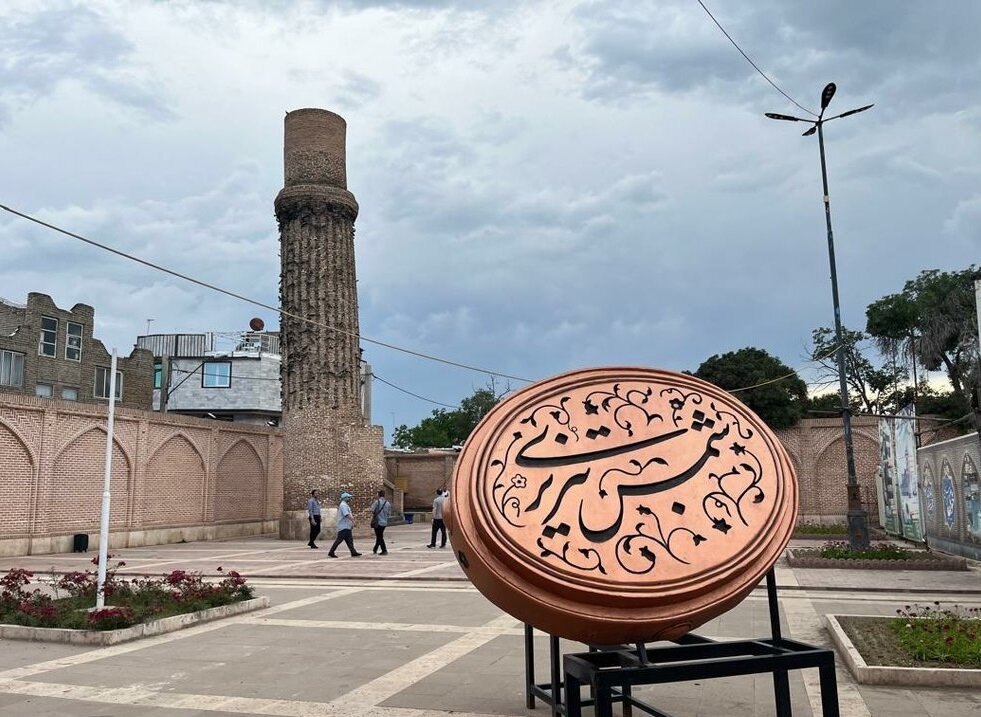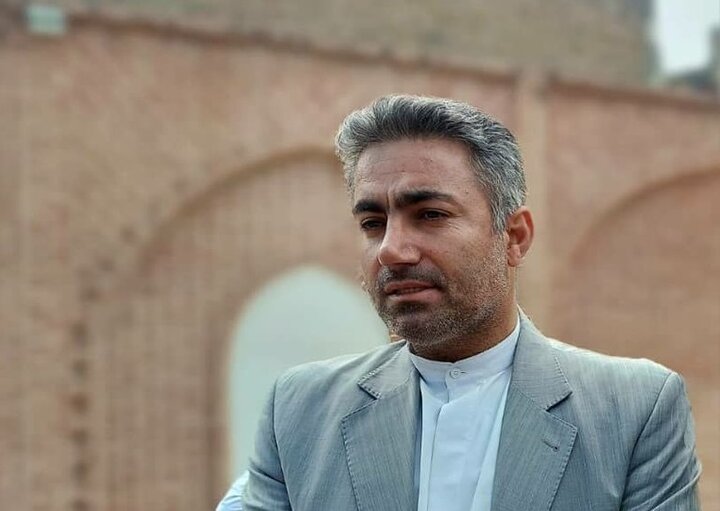Shams Tabrizi mausoleum gets major boost with new funding

KHOY, West Azarbaijan province – The Iranian government has allocated 30 trillion rials (approximately $375,000) to advance the long-delayed construction of the mausoleum of Shams Tabrizi, the famed Sufi mystic and spiritual mentor of the celebrated Persian poet Rumi.
Talking to the Tehran Times, Afrasyab Geravand, head of the Cultural Heritage, Tourism and Handicrafts Department in Khoy county, offered new details about the archaeological significance of the site and ongoing efforts to develop it into a major cultural landmark.
“Archaeological excavations carried out in 2006 and 2018 revealed an extensive cemetery at a depth of 50 to 60 centimeters. Cultural layers were traced as deep as six meters, though virgin soil was never reached,” Geravand said during a visit to the site.
He added that pottery shards and cultural artifacts unearthed at the site date the area back to the Seljuk, Ilkhanid, Timurid, and Safavid periods. “The architectural stratigraphy demonstrates that the city of Khoy underwent significant transformations during the medieval to late Islamic eras,” he noted.
A solemn minaret with Safavid roots
Geravand also highlighted a striking historical structure on the grounds—a surviving Safavid-era minaret locally known as the Minaret of Shams. “Historical records suggest that Shah Ismail I of the Safavid dynasty built a palace with three minarets at this site. Today, only one remains. It features 28 rows of decorative ‘ram heads’, totaling nearly 1,148, and is built with intricate brickwork,” he said.

Afrasyab Geravand
In past centuries, the minaret was even used for the Islamic call to prayer, he added. Historical illustrations by Ottoman cartographer Matrakchi Nasuh depict three minarets alongside a religious building at the same location. Archaeological evidence from 2018—including blue, white, and turquoise glazed tiles—confirms the presence of a once-significant religious structure.
A historic trade hub
Khoy, situated in Iran’s West Azarbaijan province, has long been a crossroads of culture and commerce. “The city historically served as a key trading post, evidenced by four caravanserais in its historic bazaar and the passage of two Silk Road branches through the region,” Geravand said.
He noted that the Shah Abbasi Caravanserai of Khoy was inscribed on UNESCO’s World Heritage List last year alongside 53 other historic caravanserais across Iran.
Progress on the mausoleum project
The Shams Tabrizi mausoleum project was launched in 2018 in the northwestern part of the heritage site. Covering 3,200 square meters within a 7,000-square-meter area, it had reached just 30% completion by early 2023.
The recent infusion of 3 trillion rials is intended to fast-track its completion. “Construction is now progressing seriously, and we hope the project will be completed within the next one to two years,” Geravand said.
Site improvement and urban integration
Despite progress, Geravand acknowledged that the site’s visual integrity remains compromised by unsightly infrastructure, including exposed electrical wiring, garbage bins, and outdated facilities. He emphasized the urgent need for landscape rehabilitation and redesigning the main entrance.
He also revealed a proposal dubbed “From the Shrine to the Mausoleum,” which aims to link the Shams complex with the nearby shrine of Seyyed Bahloul, located just over a kilometer away. “The initiative, currently under review by Khoy’s municipality, envisions integrating the Shams heritage site with other significant religious and cultural landmarks in the city,” he said.
In addition, concerns about the stability of the leaning minaret were addressed with consolidation measures in 2018, ensuring the structure is currently safe and stable.
Geravand also noted that prior to launching construction, three archaeological trenches were dug across the site. “Fortunately, no significant historical layers were discovered in the northern section, allowing the project to move forward with approval,” he said.
Shams Tabrizi (1185–1248), whose teachings profoundly influenced Rumi, remains a central figure in Persian mystical literature. He is the namesake of Rumi’s Divan-e Shams-e Tabrizi and is traditionally believed to have spent 40 days in secluded spiritual discourse with Rumi in Konya before departing for Damascus.
The completion of his mausoleum in Khoy is expected to establish the site as a prominent destination for spiritual tourism and cultural heritage in northwestern Iran.
AM
Leave a Comment